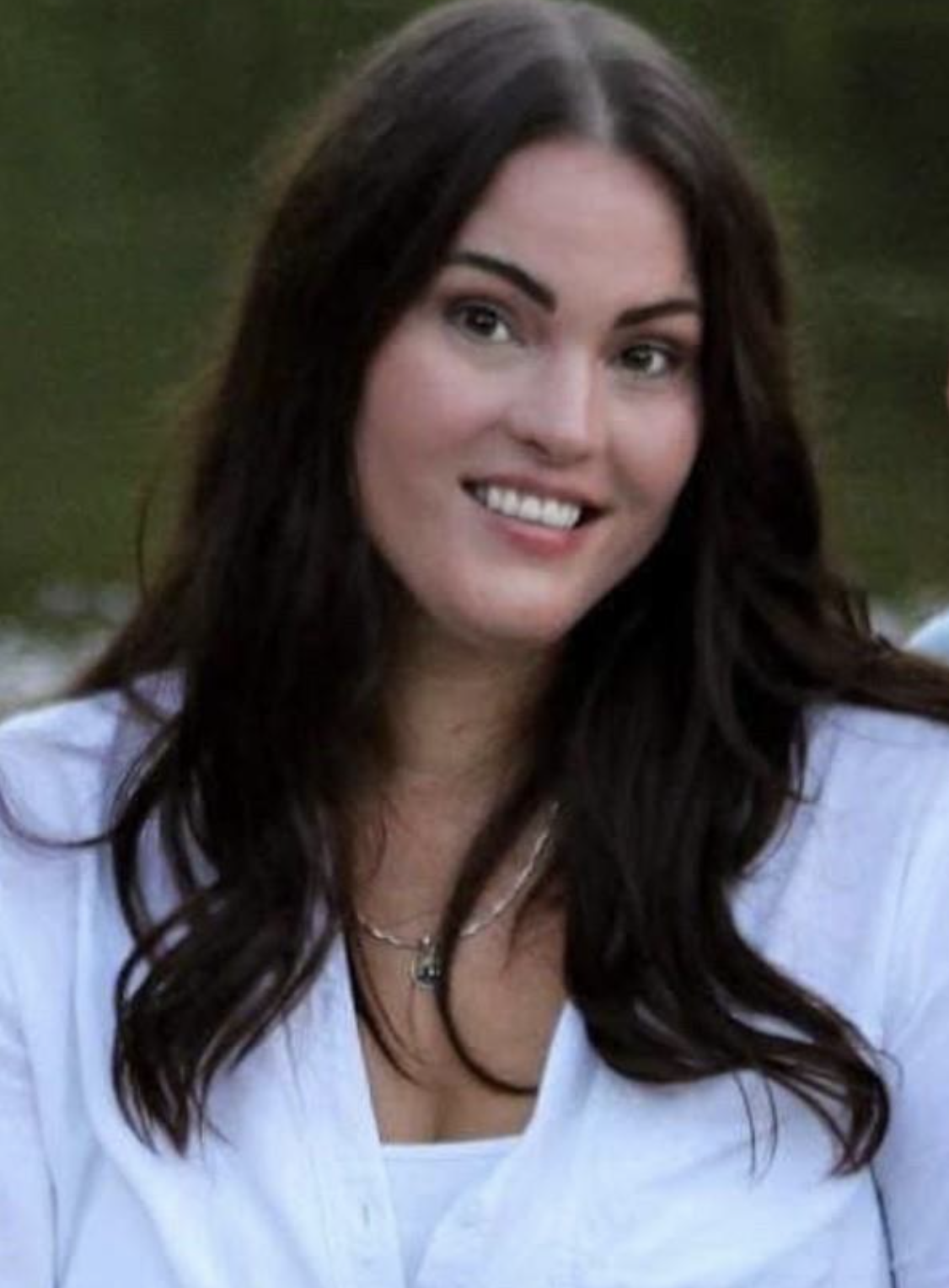Lindsay Anderson’s advocacy journey began not with herself, but with her daughter. In 2017, her daughter was diagnosed with ADHD, and later in 2020, with autism. Navigating emotional regulation, executive functioning, and social challenges within the public school system opened Lindsay’s eyes to the support gaps facing children with neurodivergent needs. Determined to ensure her daughter had the tools and understanding she needed to thrive, Lindsay stepped into the world of advocacy.
A Personal Turning Point
What Lindsay didn’t anticipate was that her daughter’s diagnosis would also lead her to look inward. As she learned more about ADHD and autism, the disconnected pieces of her own life suddenly began to align. With the support of her nurse practitioner, she pursued a neuropsychological evaluation and was officially diagnosed with both ADHD and Autism Spectrum Disorder.
That moment marked a significant turning point—not only in how Lindsay saw herself, but in how she engaged with the world.
Navigating the Challenges of Late Diagnosis
Like many late-diagnosed autistic adults, Lindsay faced the complex process of unmasking—consciously letting go of behaviors she had adopted to blend in socially. She began to recognize the conflicting characteristics of ADHD and autism and worked toward balancing them with patience and grace. Accepting that support needs evolve, Lindsay learned to extend the same compassion to herself that she offers to her daughter.
Dispelling Misconceptions and Championing Truth
In her advocacy, Lindsay is passionate about challenging common misconceptions about autism. She shares key insights from her lived experience and from others in the autistic community:
Autism is not gender-exclusive. Girls and women can be autistic too, though they are often overlooked.
Support needs are not static. Just because someone appears independent does not mean they no longer require support.
Autism doesn’t equal a lack of intelligence. Many autistic individuals possess extraordinary learning abilities and unique perspectives.
Communication differences don’t mean lack of understanding. Non-verbal autistic individuals may comprehend verbal language deeply and simply require alternate communication tools.
Literal communication is key. Autistic individuals often mean exactly what they say—no hidden messages or manipulation involved.
She also emphasizes the importance of respecting personal preferences around identity language and symbolism, such as the use of “autistic” vs. “person with autism,” or the puzzle piece vs. infinity sign. Her advice? Ask, don’t assume.
Growth Through Advocacy and Motherhood
For Lindsay, being an autistic mother to an autistic child has been a powerful source of growth. Her daughter, whom she describes as innocent, socially aware, and unafraid to challenge norms, has taught her what it means to be authentic. “This child has helped me discover who I really am,” she shares.
Late diagnosis also meant learning how to re-evaluate every part of herself—her routines, her relationships, her identity—without the masks she had worn for years. The journey continues, but with every step, Lindsay gains clarity and confidence in her roles as a mother, advocate, and individual.
Tools That Help
Lindsay encourages others to find what works for them—whether or not it aligns with trends or traditional advice. Her practical strategies include:
Using multiple calendars for organization
Creating visual to-do lists and reminders
Setting timers for task completion
Adopting routines that support daily functioning, like putting on shoes and staying dressed for productivity
Her motto? “Take what you can and leave the rest.”
Current Projects and Resources
Lindsay has taken her insights one step further—by sharing them with the world. She’s authored a daily journal and a book for parents navigating the early stages of their child’s diagnosis, both available on Amazon:
📘 Journal: A Daily Tracker for Parents and Caregivers
📗 Book: Advocacy & Acceptance: A Guide for Parents
She’s currently working on a second edition and remains actively engaged in advocacy work through writing, resource sharing, and public education.
Lindsay’s story is a powerful reminder that awareness, understanding, and compassion begin with listening. Her honesty, vulnerability, and commitment to inclusivity are reshaping how communities view autism—and empowering others to do the same.
Share Your Stories


